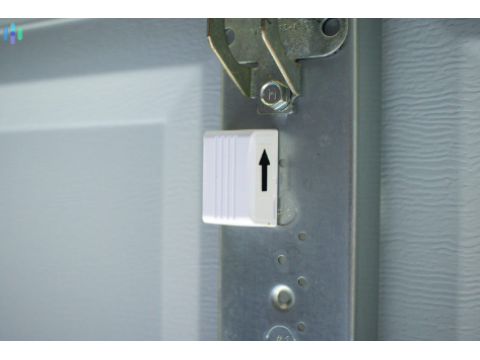Garage Security Systems: A Comprehensive Guide
In recent years, electronic security systems for garages have become increasingly popular. These systems offer robust protection for property while remaining affordable. However, choosing the right type of garage alarm system can be challenging.
Types of Garage Security Systems
Pult Monitoring Systems (PCS):
- Highly reliable; difficult to disable.
- Security teams respond immediately after an alert.
- Offers additional protection against fire and other hazards.
- Drawbacks: High installation costs, professional maintenance requirements, and ongoing subscription fees.
Autonomous Alarms:
- Trigger sound and light alerts to deter intruders.
- Affordable and easy to install (DIY-friendly).
- Drawbacks: No professional monitoring, so the responsibility for responding to alerts lies with the owner.
GSM-Based Systems:
- Notify owners via SMS, MMS, or phone calls.
- Often include features like video or photo verification and audio monitoring.
- Drawbacks: Potential signal jamming and issues in cold, unheated garages.
GSM Security Systems for Garages
GSM systems are among the most versatile and cost-effective solutions. A standard GSM alarm kit typically includes:
- A main control unit with a SIM card slot.
- Motion sensors and door contact sensors.
- A siren for sound alerts.
- Remote control devices or mobile app integration.
Popular GSM Models:
Sokol GSM Pro:
- Includes motion and door sensors.
- Supports additional accessories like fire detectors.
- Works for 12 hours on battery backup.
- Price: $90-$100.
SafeBox:
- Economical; supports up to 17 sensors.
- Mobile app compatibility (iOS & Android).
- Price: $50-$60.
Tavr and Tavr 2:
- Battery life up to 1 year.
- Operates effectively in low temperatures.
- Price: $70-$90.
Budget-Friendly Garage Alarm Systems
If security is not a critical concern, there are several ways to minimize costs:
- Autonomous Systems: Start as low as $20-$30.
- DIY Installation: Save on professional installation fees by setting up the system yourself.
- Minimal Configurations: Use a single motion sensor or basic door contact sensor for small garages.
DIY Installation Tips
- Sensor Placement: Position motion sensors to cover all entry points and minimize "dead zones."
- Secure Mounting: Use screws or adhesive tape for lightweight sensors (avoid tape for heavy devices).
- Power Backup: Choose systems with battery backup to maintain operation during power outages.
Conclusion
Garage security systems, whether GSM-based, autonomous, or professionally monitored, offer varying levels of protection tailored to your needs and budget. For affordable options and reliable solutions, visit safsale.com and safeguard your garage effectively.

